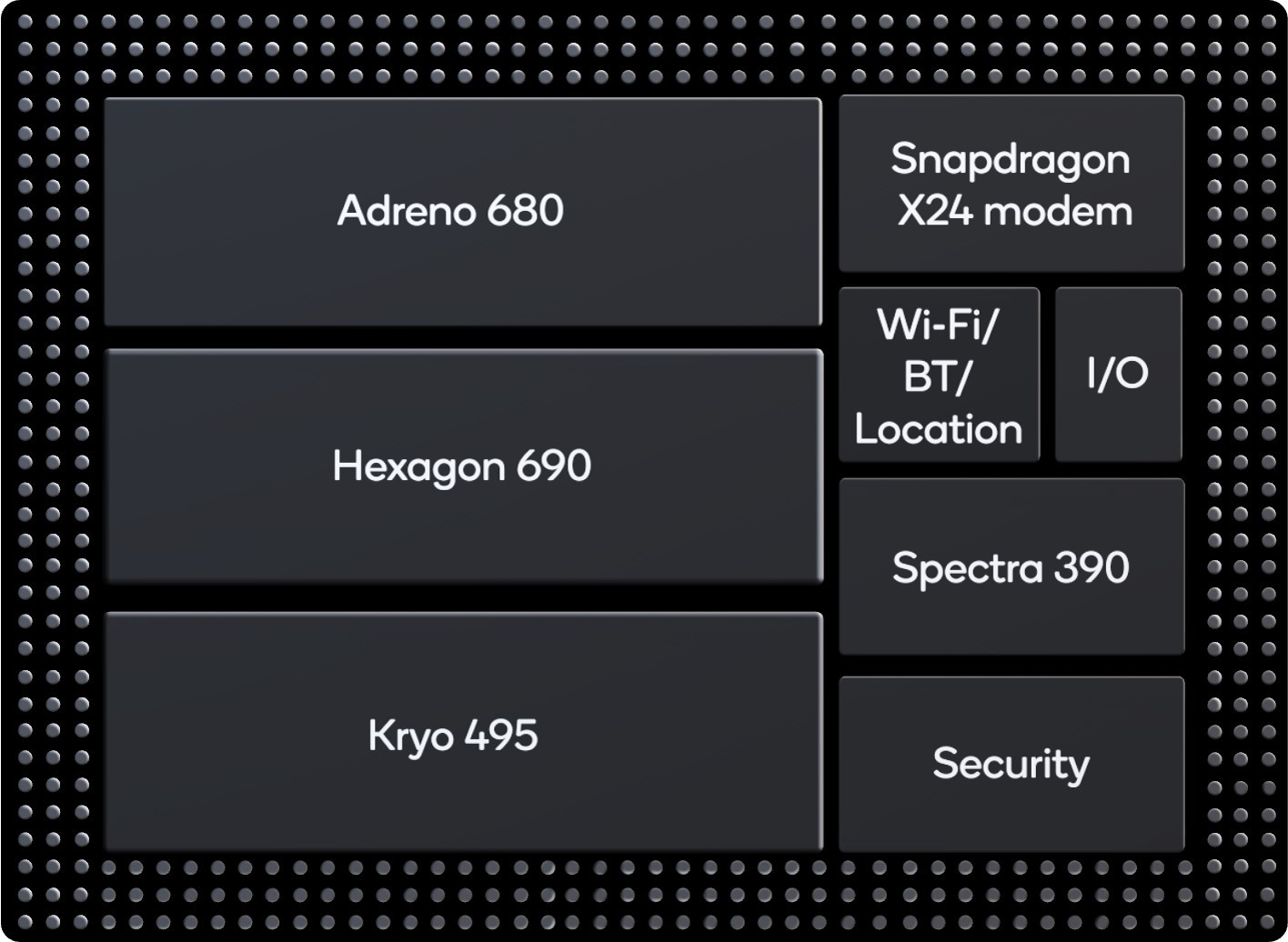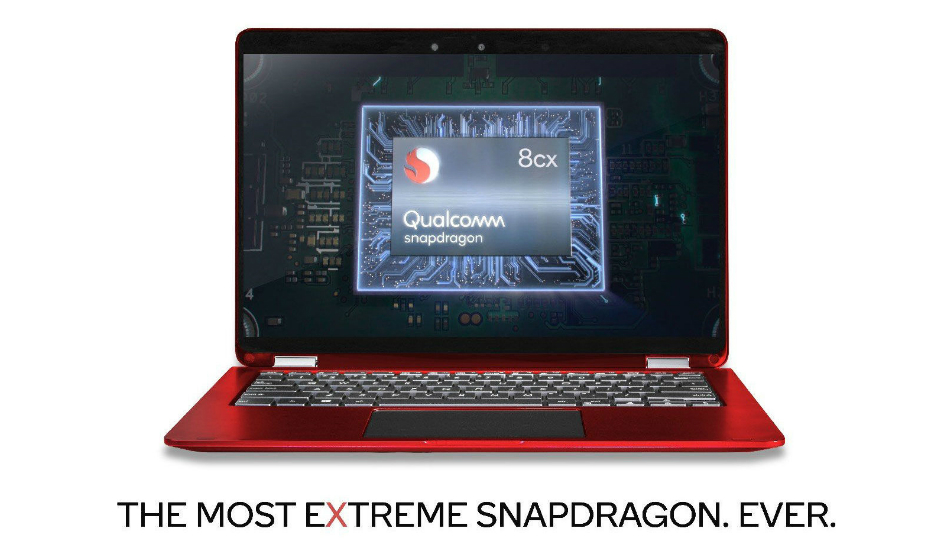Just a couple of days after launching the Snapdragon 855 chipset to power the first generation of 5G phones, Qualcomm has now introduced the Snapdragon 8cx Compute Platform at its Snapdragon Summit in Maui, Hawaii. The SoC is intended to power the next line of thin, light and fan-less Windows 10 notebooks and will act as the successor to the Snapdragon 850.
The Snapdragon 8cx is the world’s first 7nm based PC chipset and is built specifically for always-on Windows 10 PCs, unlike its predecessor (Snapdragon 850) which was just a modified version of the Snapdragon 845 Mobile platform. The Windows 10-ready chipset features an Octa-core Qualcomm Kryo 495 CPU as well as the new Adreno 680 GPU, which will be significantly more powerful than Qualcomm’s mobile solutions.

Qualcomm says that the Snapdragon 8cx will be twice as fast as the Snapdragon 850 (3.5 times faster than Snapdragon 835) and will be 60 percent less power consuming, thus giving a multi-day battery life. The chipset will feature the company’s X24 LTE Category 20 modem which promises a download speed of 2 Gbps and upload of 316 Mbps.
The Snapdragon 8cx chip with its Adreno 680 graphics unit will deliver an enhanced graphics performance with hardware acceleration and will offer 4K HDR video playback at 120fps when streaming. Notebooks powered by the chipset will also render support for connecting two external 4K HDR displays. The chip also receives certification to run Windows 10 Enterprise for the first time, thus allowing business users a gateway to the always-connected PC platform.
Being the first SoC for portable computing solutions, the Snapdragon 8cx will come with Qualcomm’s Quick Charge 4+ technology and Bluetooth 5.0. When pairing up with Bluetooth headphones, the chip will relay support for Qualcomm Aqstic audio and aptX HD for high definition Bluetooth wireless audio. The chipset will also support Windows 10 voice assistants which will be Alexa and Cortana through its Hexagon 685 DSP for Artificial Intelligence.
The Snapdragon 8cx from Qualcomm is available to OEMs for sampling and will ship in consumer notebooks as early as the third quarter of 2019.


